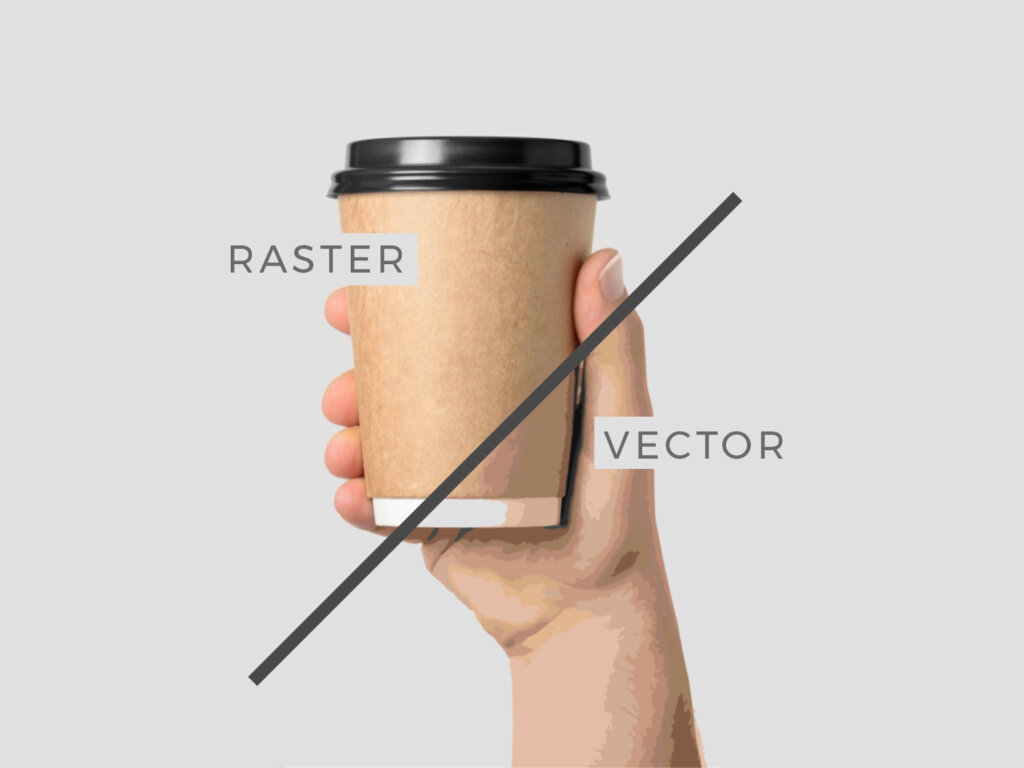
Main Purpose/ Specification: The main purpose is to be able to add everything that the human eye can see in a visual location to a GIS application. This means that anything that you can visually see in a landscape, such as trees, houses, and rivers, can be represented in a GIS application. What exactly is the vector type of data?ĭefinition: Vector data is the process of representing real world objects and features within the GIS field. This data is continuously being assessed and evaluated in a variety of different fields, but GIS experts are more prominent users of the term. Spatial data is important, as it is data that contains information about locations on the surface of the Earth.

Metadata consists of information involving scale, accuracy, projection, data source, manipulations, and how the data is obtained.įor the purpose of this article, I will be focusing solely on spatial data since it involves vector and raster data. It provides characteristics about the spatial data. Attribute data is made up of details such as the information that explains “where”, “what”, and “why”. Vector data, raster data, images, Triangular Irregular Networks (TINs), and terrain datasets are all apart of Spatial data.

There are three different types of GIS data, which include spatial, attribute, and metadata.

What are the different types of GIS data? I will also offer links to various YouTube videos in case you need to visually see the difference of vector data vs raster data. In this article, I will provide details about the two different types of data, give reviews about the data’s types, explain what makes them different, and more. You may be interested to know more about vector and raster data.


 0 kommentar(er)
0 kommentar(er)
